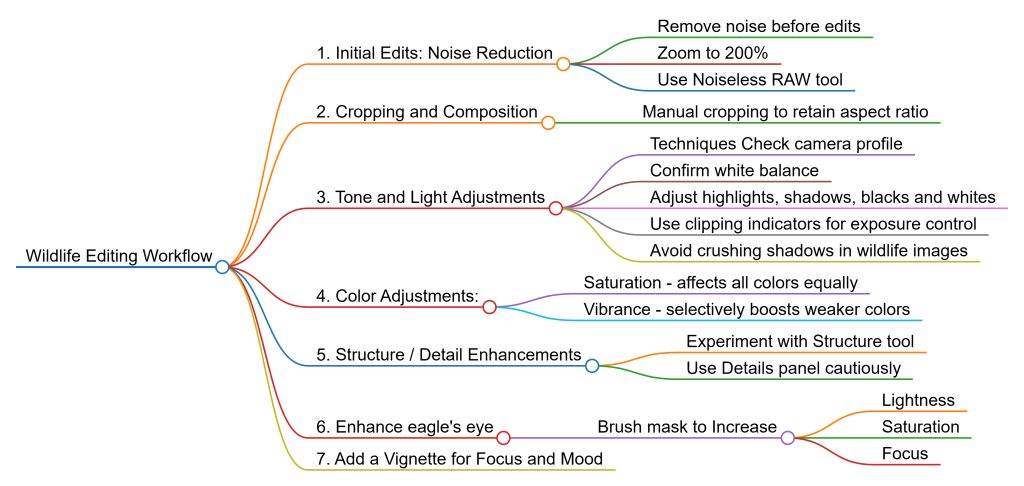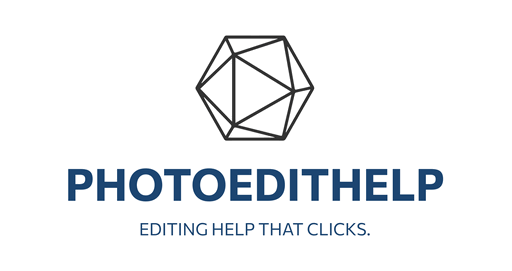Summary – https://youtu.be/cTzRQmj-8QY
Anthony Morganti reintroduces a new series of Luminar Neo tutorials, starting with a wildlife image workflow. He stresses the process reflects his personal approach, not a universal standard, and aims to give viewers ideas for developing their own.
Wildlife Image Workflow Steps
- Noise Reduction
- Done first using Noiseless RAW (Low setting) to avoid amplifying noise later during contrast or texture edits.
- Especially important due to higher ISO (800 in this case).
- Cropping
- Uses manual crop, avoids Composition AI.
- Maintains original aspect ratio unless printing (e.g. 4×5 for 8×10).
- Adjusts composition to center subject (bald eagle) and preserve important details like white feathers.
- Profile & White Balance
- Leaves default Luminar profile.
- No white balance change needed.
- Tone Adjustments (Light Panel)
- Highlights/Shadows: Open shadows, reduce highlights for clarity.
- Blacks/Whites: Uses clipping indicators (J key) to avoid blown highlights (red) or crushed shadows (blue).
- Color
- Slight boost to Saturation (no people in image).
- Explains difference between Saturation (affects all pixels) and Vibrance (more selective), useful for portraits.
- Structure vs. Details
- Structure tool skipped — undesirable effect.
- Instead, uses Details tool (small, medium, large) cautiously to avoid over-sharpening.
- Eye Enhancement (Masking)
- Masks eagle’s iris using a brush.
- Applies slight brightness and saturation to bring out the eye.
- Vignette
- Adds a dark vignette to guide viewer attention to the subject in the center.
- Explains how darker edges discourage eyes from wandering and enhance viewing experience.
Tools & Tips Mentioned
- Noiseless RAW, Crop, Develop/Light, Color, Details, Vignette, Masking with Brush
- Clipping Indicators (J key) for exposure control.
- Free keyboard shortcuts PDF available via his website.
What’s Next
Upcoming videos in the series will cover:
Portrait (with portrait-specific tools)
Landscape
Macro
A pdf ‘Cheat Sheet’ may be found here.

